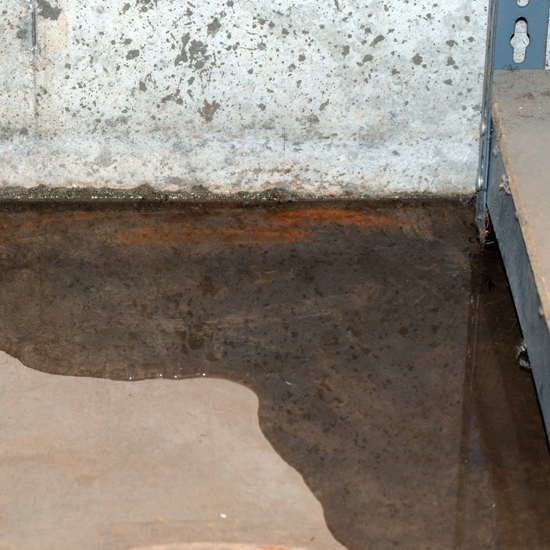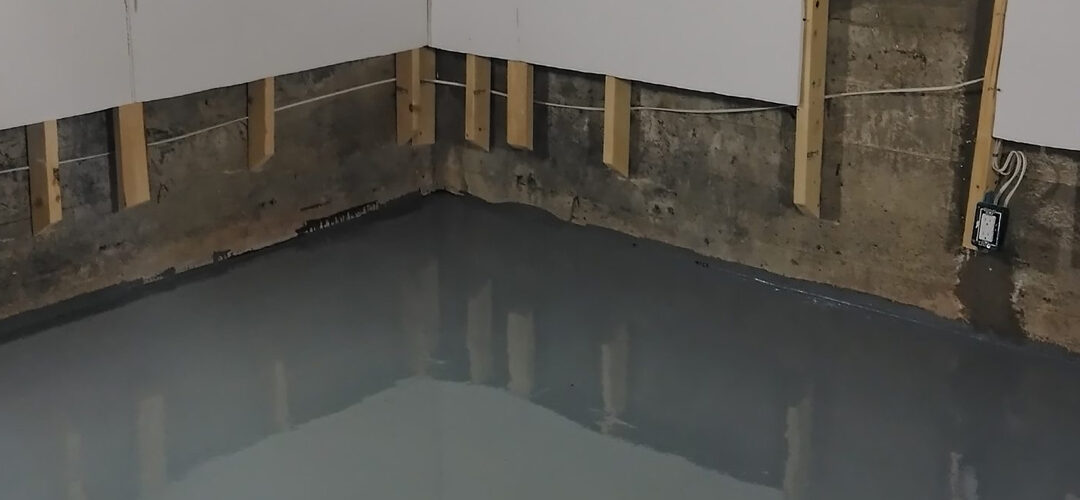This is for you if you’re tired of having a leaky basement that is always damp and smells like moisture and Water Seepage. Your house won’t truly feel like a home if your basement doesn’t stop acting and smells like a fishing pier. Thankfully, we have written this blog post for you to nip this damp problem in the bud finally.
You must understand precisely how and why a basement floods and the preventative measures you can take. The primary causes of basement leaks are all listed here, but if you think your basement is leaking and can’t figure out why from this blog, it’s best to consult with one of our experts. By the end, you will completely understand how and why your basement leaks and there is water seepage.
Let’s get into it.
What are the causes of basement leaks and Water Seepage?
 A basement leak can develop for many reasons, some of which are more likely than others. Now that we’ve looked at them, keep in mind that not all of them may apply to your basement problem. Every basement is unique in the way how it develops its problems. If you believe your property has a particular issue not mentioned here, call us immediately, or visit our website.
A basement leak can develop for many reasons, some of which are more likely than others. Now that we’ve looked at them, keep in mind that not all of them may apply to your basement problem. Every basement is unique in the way how it develops its problems. If you believe your property has a particular issue not mentioned here, call us immediately, or visit our website.
Lateral Pressure
A basement leak’s along with Water Seepage primary initial underlying cause is lateral pressure. How does lateral force work? Well, loose soil may expand as it collects moisture surrounding your property (whether from rain, snow, frost, or even resting dew).
The walls and foundations of your basement may occasionally be lifted by dirt as it expands. This is where the lateral (or sideways) pressure originates, and it could severely threaten your basement’s physical and structural integrity. It does this by causing fractures to form, which will inevitably lead to increased leaks from the outside environment.
Poor care for or neglect of rainwater systems frequently worsens lateral pressure. The moisture also potentially causes humidity to seep into your home’s external walls, causing even more issues. These issues could also arise if you have clogged gutters and drains that (instead of draining correctly) soak into the soil surrounding the property.
Hydrostatic Pressure
Although hydrostatic pressure is simpler than lateral pressure, it is just as deadly.
Water that has collected in the soil around a property is considered to be under hydrostatic pressure. The basement’s walls and floor absorb moisture from the surrounding soil instead of expanding. This will eventually result in mold growth, dampness, and a flooded basement.
During the colder months, rain is more frequent, and the warmer indoor temperatures draw humidity from the surrounding soil. This is how water ends up seeping into your basement.
Check your home, especially the basement, for leaks and moisture after the monsoon season.
Condensation on Water Seepage
Here is a quick overview for you in case you weren’t aware of the risk condensation might provide to a home. Warm, humid air doesn’t magically shed its gaseous moisture content. Instead, it will find its way into a bigger, less-pressurized, or cooler space, waiting until the temperature is low enough for the moisture to condense into water droplets.
This is not a big concern as long as the humid air can escape outdoors. It doesn’t matter if the moisture gathers on the ground outside or the leaves. All that matters is that it is not inside your home. However, if you don’t allow this humid air to escape your house and it builds up inside, you’ll discover that whenever the temperature lowers, the wetness instead collects in your home.
This is an issue since it’s the exact way mold may begin to grow within your structure. If it’s allowed to happen consistently and regularly, it could result in moisture harming the walls and foundations of your basement along with Water Seepage.
Related Blog Posts:
Related Services:
Our service areas:
Get A Free Estimate

